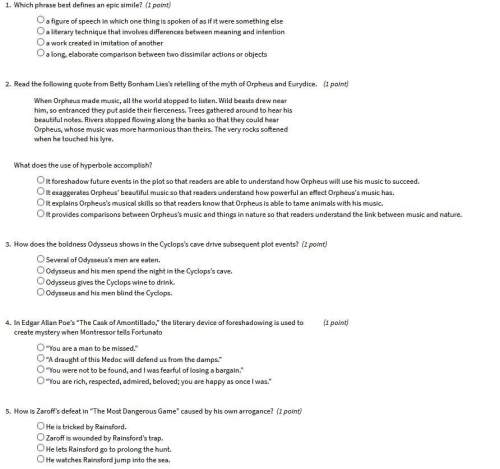
This passage is from The Voyages of Doctor Dolittle by Hugh Lofting. A child named Tommy Stubbins, the narrator, is talking with Doctor Dolittle.
"It must be splendid," I said, "to be able to talk all the languages of the different animals. Do you think I could ever learn to do it?"
"Oh surely," said the Doctor-"With practise. You have to be very patient, you know. You really ought to have Polynesia to start you. It was
she who gave me my first lessons."
"Who is Polynesia?" I asked.
"Polynesia was a West African parrot I had. She isn't with me any more now," said the Doctor sadly.
"Why-is she dead?"
"Oh no," said the Doctor. "She is still living, I hope. But when we reached Africa she seemed so glad to get back to her own country. She
wept for joy. And when the time came for me to come back here I had not the heart to take her away from that sunny land-although, it is true,
she did offer to come. I left her in Africa-Ah well I have missed her terribly. She wept again when we left. But I think I did the right thing. She was
one of the best friends I ever had. It was she who first gave me the idea of learning the animal languages and becoming an animal doctor. I often
wonder if she remained happy in Africa, and whether I shall ever see her funny, old, solemn face again-Good old Polynesial-A most
extraordinary bird-Well, welli"
Just at that moment we heard the noise of some one running behind us; and turning round we saw Jip the dog rushing down the road
What does the reader learn about Doctor Dolittle as a result of the flashback to the time he spent with Polynesia?
01. He thought Polynesia could teach Tommy many languages.
0 2. He cared about Polynesia's feelings more than his own.
3. He believed that Polynesia would be happier with him than in Africa,
4. He was thankful for Polynesia's decision to stay in her home country.

Answers: 2
Other questions on the subject: English

English, 22.06.2019 09:30, Lianabel0517
In the first line of the poem, the poet likens himself to a natural object, a cloud. in contrast, the last line of the second stanza, "tossing their heads in sprightly dance," personifies daffodils, which are natural objects. what do these two devices together suggest?
Answers: 3

English, 22.06.2019 10:00, kaylamcph7844
The following question is based on your reading of 1984 by george orwell. how does winston demonstrate his “sanity” after being released from mini luv? a. by resuming his work at mini true c. by pledging allegiance to o’brien b. by apologizing to julia for betraying her d. by expressing his love for big brother
Answers: 2

English, 22.06.2019 11:30, ravenmcfarlandp07okx
5. the following question refers to the four selections by albert einstein: these readings show that, between 1939 and 1952, einstein a) abandoned science and turned to political activism. b) revised his opinions about the need for nuclear weapons. c) worked tirelessly to abolish nuclear weapons. d) devoted himself solely to scientific research.
Answers: 1
Do you know the correct answer?
This passage is from The Voyages of Doctor Dolittle by Hugh Lofting. A child named Tommy Stubbins, t...
Questions in other subjects:

Mathematics, 13.04.2020 23:52


Mathematics, 13.04.2020 23:52

Social Studies, 13.04.2020 23:52


Mathematics, 13.04.2020 23:52


History, 13.04.2020 23:52

History, 13.04.2020 23:52

English, 13.04.2020 23:52







